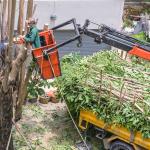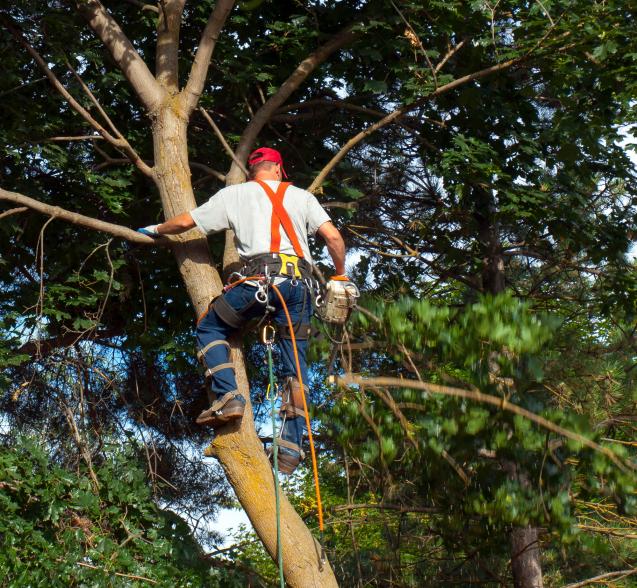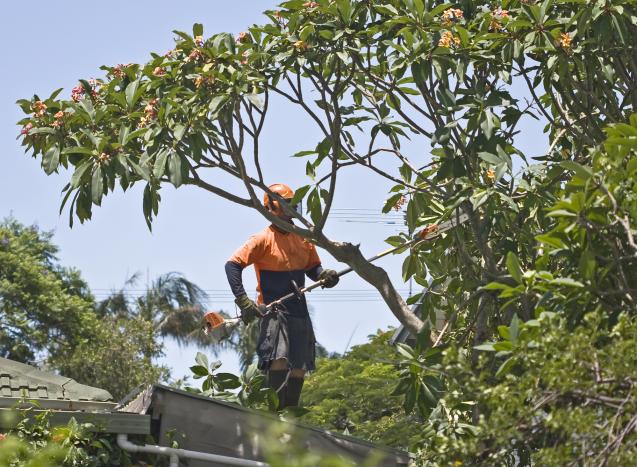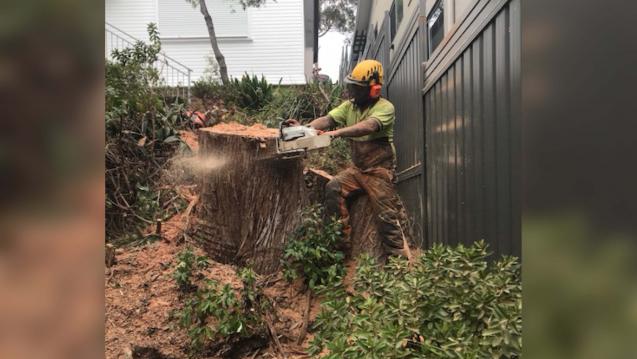
Can I Cut Down Trees on My Property? NSW Tree Removal Laws
By Wolf Trees and Gardens|November 14, 2022
Is one of your trees dying? Maybe you want to make space for a new building? Either way, before cutting down a tree, you should figure out if you need permission or not. If you don't do this, you could end up paying a massive fine.
In this post, we’ll look at some of the applicable laws when you want to remove trees on your property.
Why You Might Want to Cut Down a Tree
There could be several reasons why you might want to cut down a tree. For instance, the tree might be diseased or dying, you might be concerned for your family’s or your neighbours’ safety, or you might want to make room for renovations or new buildings. However, no matter what your reason for removing the tree, you might not be able to due to the strict rules that apply to the removal of trees.
Reasons For Protected Trees
NSW recognizes several tree species as protected because of their historical, botanical, or aboriginal importance or their landscape amenity and functional purpose. To protect these trees, the NSW local council has implemented strict rules that govern the cutting down of trees. These rules, typically, require that you obtain permission before cutting down any trees and, if it’s a protected tree, provide compelling reasons why it should be removed.
Removing Unprotected Trees
Generally, you’ll be able to remove any unprotected trees without permission or a permit. However, there are some requirements that need to be met. For instance, the tree should have a height or foliage size of at least 5 metres. In addition, the tree should have a trunk diameter of at least 300 mm.
Moreover, you also don’t need prior permission if you would like to cut down trees that are of a species that’s considered to be invasive. If the tree is considered to be invasive, it’s also not necessary that it meet the size requirements above.
10/50 Rule
Another exemption from the rules and regulations that aim to protect trees is the 10/50 rule. This rule is applicable to and aims to protect people living within 100 metres of bushland. In terms of the rule, these people can remove trees and vegetation that are within 10 to 50 metres from the outer wall of their home without getting prior permission.
Keep in mind, though, that there are some conditions when doing so. For instance, when removing these trees, owners are allowed to use bulldozers, ploughs, or burning, and they’re not allowed to change the soil profile underneath.
Penalties for Illegal Tree Removal in NSW
Despite the rules, regulations, and exceptions mentioned above, it’s better that you make sure from your council before you remove any trees. This is simply because the fines for removing a tree that you weren’t allowed to can be severe.
For instance, fines start at $1,000, and you could end up paying as much as $110,000 in the local court. In the Land and Environment Court, on the other hand, you could pay a maximum fine of $1.1 million. To make sure you’re not contravening any rules or regulations, consulting your local arborist will be your best bet.
There you go, now you know when you’ll need permission to cut down and remove a tree on your property. Hopefully, by knowing this, you’ll avoid costly fines.
In this post, we’ll look at some of the applicable laws when you want to remove trees on your property.
Why You Might Want to Cut Down a Tree
There could be several reasons why you might want to cut down a tree. For instance, the tree might be diseased or dying, you might be concerned for your family’s or your neighbours’ safety, or you might want to make room for renovations or new buildings. However, no matter what your reason for removing the tree, you might not be able to due to the strict rules that apply to the removal of trees.
Reasons For Protected Trees
NSW recognizes several tree species as protected because of their historical, botanical, or aboriginal importance or their landscape amenity and functional purpose. To protect these trees, the NSW local council has implemented strict rules that govern the cutting down of trees. These rules, typically, require that you obtain permission before cutting down any trees and, if it’s a protected tree, provide compelling reasons why it should be removed.
Removing Unprotected Trees
Generally, you’ll be able to remove any unprotected trees without permission or a permit. However, there are some requirements that need to be met. For instance, the tree should have a height or foliage size of at least 5 metres. In addition, the tree should have a trunk diameter of at least 300 mm.
Moreover, you also don’t need prior permission if you would like to cut down trees that are of a species that’s considered to be invasive. If the tree is considered to be invasive, it’s also not necessary that it meet the size requirements above.
10/50 Rule
Another exemption from the rules and regulations that aim to protect trees is the 10/50 rule. This rule is applicable to and aims to protect people living within 100 metres of bushland. In terms of the rule, these people can remove trees and vegetation that are within 10 to 50 metres from the outer wall of their home without getting prior permission.
Keep in mind, though, that there are some conditions when doing so. For instance, when removing these trees, owners are allowed to use bulldozers, ploughs, or burning, and they’re not allowed to change the soil profile underneath.
Penalties for Illegal Tree Removal in NSW
Despite the rules, regulations, and exceptions mentioned above, it’s better that you make sure from your council before you remove any trees. This is simply because the fines for removing a tree that you weren’t allowed to can be severe.
For instance, fines start at $1,000, and you could end up paying as much as $110,000 in the local court. In the Land and Environment Court, on the other hand, you could pay a maximum fine of $1.1 million. To make sure you’re not contravening any rules or regulations, consulting your local arborist will be your best bet.
There you go, now you know when you’ll need permission to cut down and remove a tree on your property. Hopefully, by knowing this, you’ll avoid costly fines.



